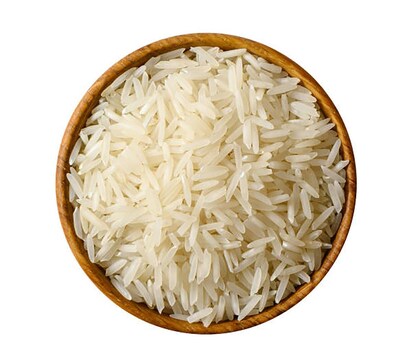Introduction:
Welcome to our exploration of one of the most versatile and widely consumed grains in the world – rice. In this blog, we’ll delve into the fascinating world of rice, exploring its diverse varieties, nutritional benefits, cultural significance, and culinary uses. From the fragrant Basmati rice of India to the sticky sushi rice of Japan, rice has a rich history and plays a vital role in the diets of billions of people worldwide. So, let’s embark on this culinary journey and discover the wonders of rice!
The Rich Tapestry of Rice Varieties:
Rice comes in various shapes, sizes, and colors, each with its unique flavor and texture profile. We’ll explore the different types of rice, including:
Basmati: Known for its long grains and fragrant aroma, Basmati rice is a staple in Indian and Middle Eastern cuisines.
Jasmine: Originating from Thailand, Jasmine rice has a delicate floral aroma and slightly sticky texture, making it perfect for pairing with curries and stir-fries.
Arborio: A short-grain rice variety from Italy, Arborio rice is prized for its high starch content, making it ideal for creamy risottos.
Sushi: Short-grain and sticky, sushi rice is the foundation of Japanese sushi rolls, providing the perfect texture and consistency for rolling.
Non- basmati rice comes in all kinds of different shapes and sizes. Some are long and slender, some are short and thick, some are like beads, and some may be round. None have the same characteristics as basmati rice. Some names of non basmati rice are shaped like basmati rice and PR, 104 IR8, IR 64, Masuri.
Nutritional Benefits of Rice:
Rice is not only delicious but also packed with essential nutrients. We’ll discuss the nutritional benefits of rice, including its high carbohydrate content for energy, moderate protein content, and various vitamins and minerals such as B vitamins, iron, and manganese. Additionally, we’ll explore how different rice varieties offer unique nutritional profiles, catering to diverse dietary needs and preferences.
Cultural Significance of Rice:
Rice holds immense cultural significance in many parts of the world, shaping traditions, rituals, and cuisines. We’ll delve into the cultural importance of rice in countries like India, China, Japan, and Thailand, where it serves as a symbol of prosperity, fertility, and hospitality. From rice-based festivals to traditional farming practices, rice is deeply ingrained in the fabric of these societies, reflecting their rich heritage and culinary heritage.





